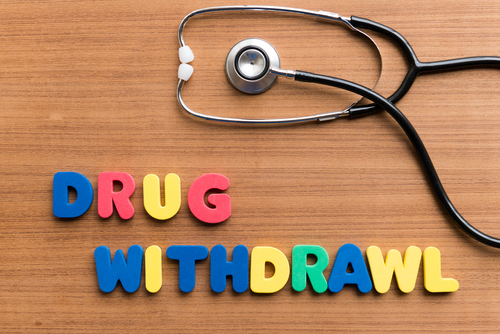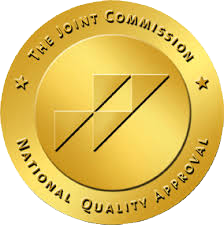In 2016, over 60,000 people are estimated to have lost their lives to overdose on opioid drugs. Opioids are the class of drugs which are derived from the opium poppy plant and interact with the naturally occurring opioid receptors in the brain. Heroin is an opioid known for being highly addictive. The opioid epidemic currently sweeping the nation has included widespread heroin addiction and overdose due to heroin. Part of the reason the cycle of heroin addiction so relentlessly perpetuates is because the symptoms of withdrawal from heroin are especially unpleasant. Withdrawal from heroin can include flu-like symptoms taken to the extreme, intense physical and psychological cravings, as well as days without restful sleep. If you or a loved one are struggling with heroin addiction and are preparing for detox, here is what you can expect.
Upon quitting heroin, the Central Nervous System goes into a hyperactive state caused by a high level of norepinephrine, a stimulant chemical in the body. Heroin is a depressant, which is why slow breathing and respiratory depression are common effects of heroin intoxication, as well as signs of heroin overdose. When heroin is abused in high quantities, the brain attempts to compensate for the surplus of depressant chemicals by producing norepinephrine. Once the heroin is removed, as in detox, the brain is left with a surplus of the stimulating norepinephrine chemical. Going from a depressed state to a hyper state is what causes symptoms like “kicking”, restless legs, and insomnia, which are hallmarks of heroin withdrawals.
Heroin withdrawal can start in as little as 4 hours after the last dose of heroin. Within the first few hours of heroin withdrawal, experiencing anxiety and cravings at a mild to moderate level is common. Physical signs include pupil dilation, runny nose, a burst of energy, and increased respiration. Mild symptoms will continue for the first 12 hours as symptoms of chills, physical ached, and cramps start to develop. The peak of heroin withdrawal typically occurs in the 48-72 hours following the last dose. During severe withdrawals, cravings are at their highest as pain reaches a climax. Symptoms during the peak of heroin withdrawal can include vomiting, diarrhea, stomach cramps, physical pain, aching and restless legs, irritability, depression, loss of appetite, chills, sweats, and general discomfort.
After the 2-3 days of intense symptoms, another 5-7 days of withdrawal can be expected. Heroin withdrawal can last anywhere from one week to ten days or longer depending on the severity of the heroin addiction and the unique metabolism, as well as genetic makeup, of the individual. Cravings and uncomfortable symptoms will still be present during the final days of heroin withdrawals, but not as severe as the peak time period.
At Tree House Recovery, we’re helping men find freedom from addiction. Our treatment programs create sustainable change for sustainable recovery by helping men find their strength in body, mind, and spirit. For information on our Orange County programs, call us today: (855) 202-2138






